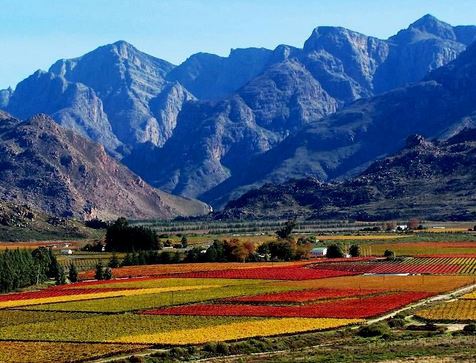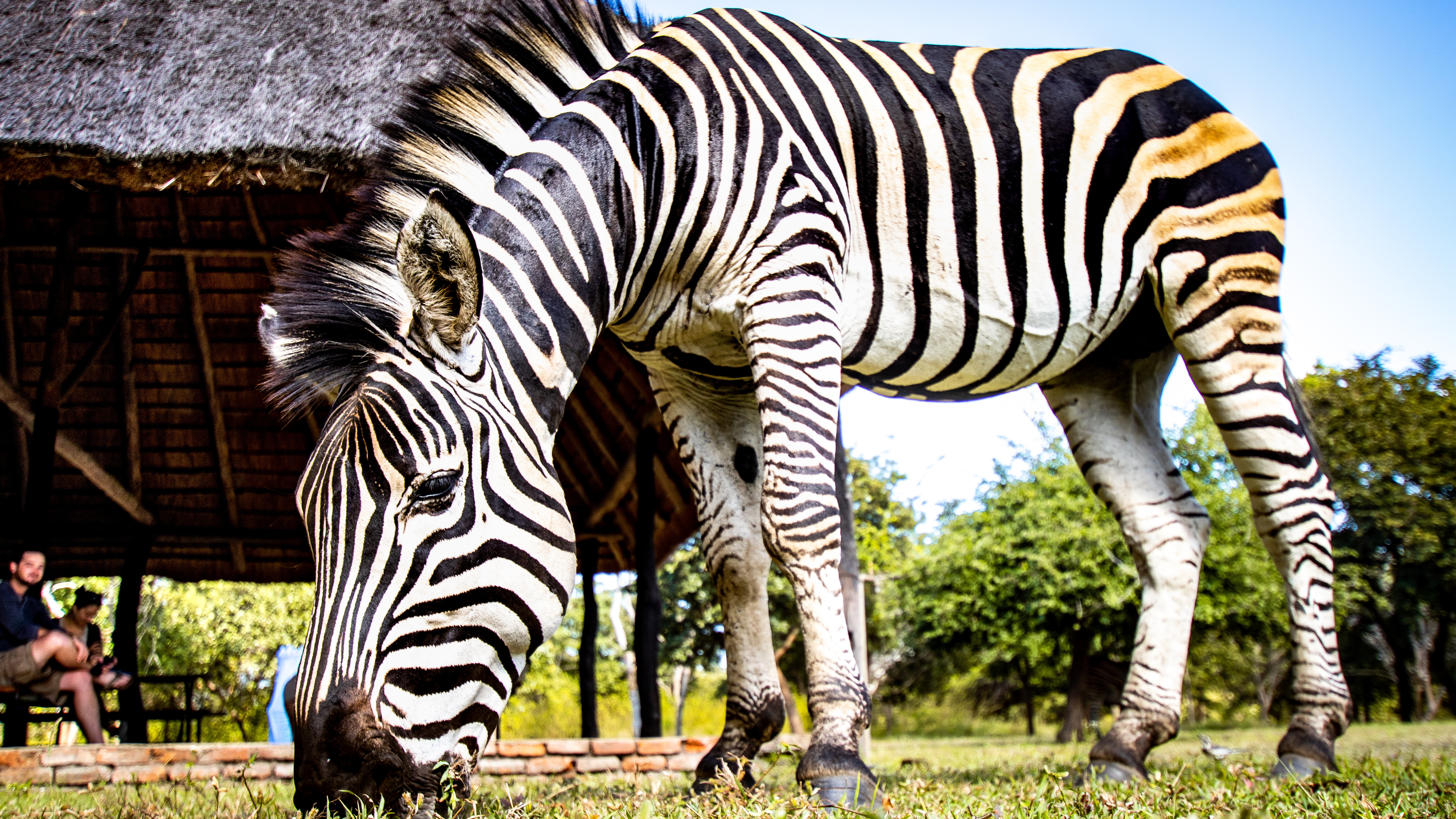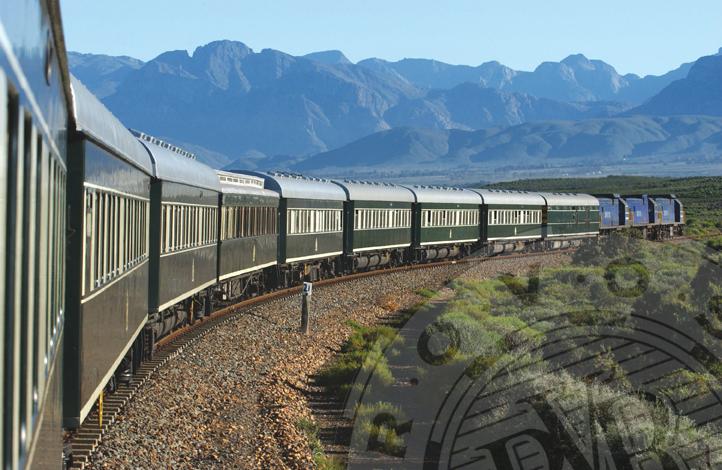Kimberley
Kimberley is the capital of the Northern Cape province and has been a historically and economically important place for South Africa. In 1866, Erasmus Jacobs found a glittering stone on the banks of the Orange River on the land where his father was a farmer. The stone turned out to be a 21.25 carat diamond and is known as the ‘Eureka’. In 1869 an even larger diamond was found in the same area, this diamond was called “Star of South Africa” and was sold for £ 25,000 in England. When a larger diamond was found again in 1971 at Colesburg Koppie (83.50 carats, 16.7 grams), the diamond fever really broke loose. Thousands of miners came to the area that was renamed New Rush and over the years the hill where the diamonds were discovered was turned into a huge hole with picks and pickaxes. On July 5, 1873, New Rush was named Kimberley, named after the English Lord Kimberley who ruled the area.
The Kimberley Mine was always called The Big Hole or in African “that big hole.” The mine was in operation from July 1871 to 1914 and a total of 2722 kilos of diamond was excavated. The Big Hole has an area of 17 hectares and is 463 meters wide. The mine was dug up to 240 meters, but underground passages went to almost 1100 meters depth. After the closure, the hole was partly filled up again with soil, which caused the depth to be reduced to 215 meters. Nowadays there is water in this huge hole dug by human hands and you can see another 175 meters into the depth. This is still a very impressive picture, partly due to the enormous size of the former mine. Three (much smaller) surrounding mines were closed in 2005.
A visit to the Kimberley Mine Museum and The Big Hole is certainly worth while when traveling through this area. This open-air museum shows clearly what life was like in the time of the diamond fever in Kimberley. There are also a number of shiny stones on display. The museum is open daily.
For art lovers there is the Mc Gregor museum which opened in 1907 and the William Humpreys Art Gallery with a beautiful collection of paintings ranging from old Dutch and Belgian Masters to South African artists.



